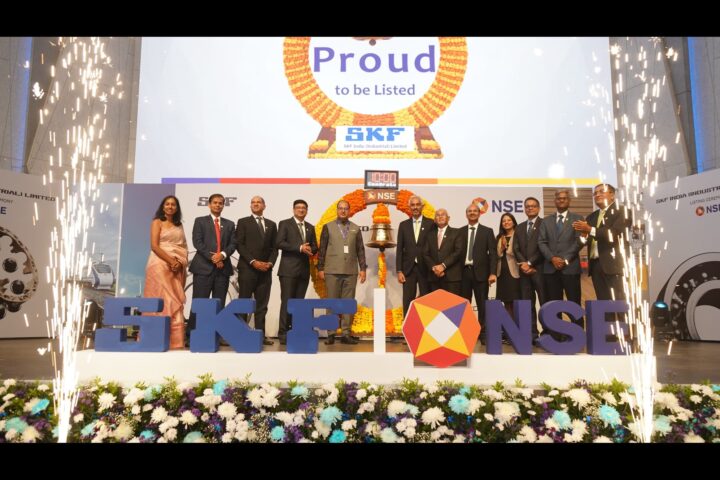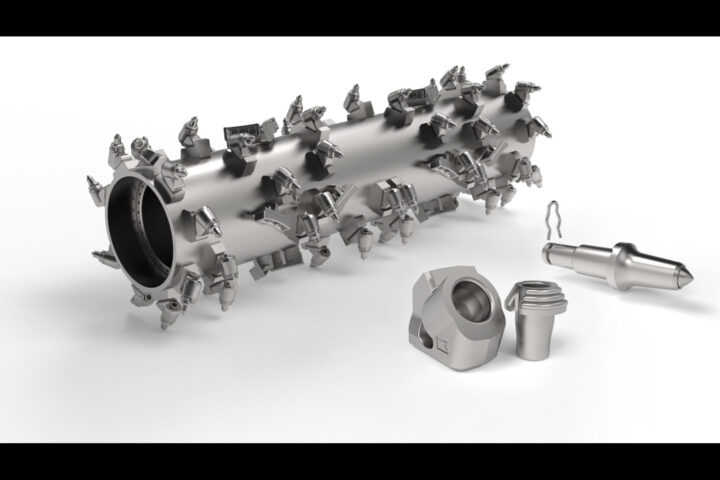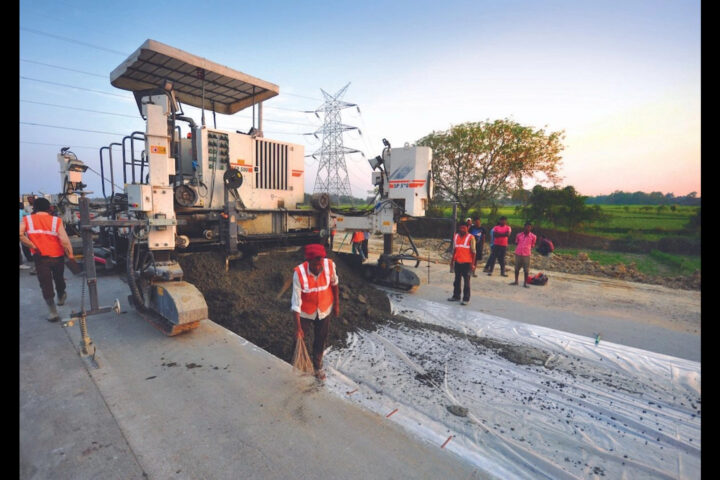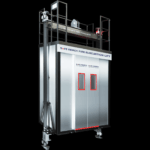by Dr Deepak Monga, Vice President – Fire & Safety, Safe Reach Elevators
From hospitals and schools to malls and high-rises, elevators are a part of our daily lives. Sadly, in India, elevator accidents continue to claim innocent lives. In the Mumbai region -including the satellite districts of Thane, Pune, and Palghar – 34 people have lost their lives and another 34 have been injured in elevator mishaps over the past eight and a half years. Reports show that human error, negligence, failure to follow safety guidelines, and using the wrong kind of elevator are responsible for 70% of these incidents. Many elevators aren’t even registered or regularly checked; for example, in Noida, nearly 80,000 lifts in over 350 high-rise buildings remained unregistered as of late 2024. These numbers are alarming, yet choosing the right elevator is often a challenge because many people aren’t aware of the necessary rules, safety standards, or how different elevators work.
A major challenge and concern arises when a fire breaks out – not all lifts are created equal. Some are ordinary passenger lifts, while others are specially designed fire-evacuation (also known as fireman evacuation lifts). Importantly, people, such as architects, builders, developers, and residents, need to know how to choose the right type without being misled by unreliable manufacturers.
This article explains the technical and operational differences between these lifts and summarises the requirements from India’s National Building Code (NBC), Bureau of Indian Standards (IS) codes, and Maharashtra’s fire safety rules. It aims to help architects, developers, and facility managers design and operate lifts that comply with safety regulations and obtain local fire NOCs.
Short definitions — what we mean
Passenger lift: a standard elevator intended for the everyday transport of building occupants. It’s designed for day-to-day use by the people, comfort, and basic safety under normal conditions.
Fire-evacuation lift: an elevator specifically designed, protected and certified to be used to evacuate people during an emergency, specially designed for differently abled, infants, pets, aged people, and pregnant women, unlike fire lifts or passenger lifts, which are prohibited from use during such emergencies.
Regulatory context (India and Maharashtra) — the big picture
Maharashtra Fire Prevention & Life Safety Measures Act and Rules (and state fire service guidance) require buildings in Maharashtra to comply with the NBC or parameters set by the State, and the state fire department enforces fire NOC approvals.
In March 2025, the Maharashtra Government proposed a modification to add a new provision for special fire safety control regulations for buildings vulnerable to man-made disasters. This provision makes it mandatory to install a Fireman Evacuation Lift with 2-hour fire resistance and a ventilated lobby in buildings specified in the UDCPR 2020.
Key technical differences (what makes a fire evacuation lift the right equipment suitable for evacuation during fire emergencies)
Power and electrical protection
Passenger lift: fed from normal building supply; trips if the main supply fails or fire affects the electrical distribution.
Fire Evacuation Lift: The fire evacuation lift system should have a minimum of four alternative power supply systems – the First is the prime source of power, secondary the main direct source of power, the third is a 15 to 30-minute battery backup, and the fourth is the DG set.
Fire-protected shaft, machine room and components
Passenger Lift: standard shaft and machine room protections as per IS/NBC.
Fire Evacuation Lift: The lift car, lift shaft, and landing doors must be constructed to resist fire and heat. The cabin should be made of non-combustible material, and all side panels should be filled with ceramic wool, helping in 2 2-hour fire rating and heat resistance.
Smoke detection, alarms and communications
Passenger: may have a general building alarm interface, but not necessarily floor-to-floor evacuation communications.
Fire Evacuation lift: Two-way communication systems, such as an intercom, are essential on each floor to allow interaction between the lift car and a master station. The two-way communication system of the lift makes it easy for a person standing on any floor to communicate with the lift operator during a fire accident.
Trap Door, Ladder and Dual Panel
The fire evacuation lift has a trap door on the roof to facilitate
The portable/rope type ladder shall be provided.
A dual-panel system for a fire evacuation lift involves two control panels: one inside the lift car for firefighters and one at the main fire service access floor. The dual controls allow fire personnel to override normal operation and manage the lift manually and with priority during an emergency.
When is a fire-evacuation lift required?
Regulatory triggers vary by occupancy and height, but typical criteria include:
High-rise buildings having a height of 70 meters or above
Buildings with significant occupant load (hotels, hospitals, large offices, malls, or assembly occupancies) should have fire evacuation lifts.
Operational & maintenance differences (day-to-day realities)
Inspection & certification: The Fire Evacuation Lifts are subject to stricter inspection regimes and are often flagged in fire NOCs; maintenance records and periodic testing (including fire-service mode testing and backup power testing) are required.
Emergency drills & SOPs: building managers must have SOPs that specify how to operate the fire evacuation lift, should get training from the fire department, how the fire service will take control, and how to evacuate differently abled people — and these SOPs should be coordinated with the local fire service.
Common misunderstandings — short answers
“All lifts can be used in a fire.” No — ordinary passenger lifts are typically not considered a means of escape and should not be used in a fire. NBC is explicit on this. It is a matter of people’s lives.
“Fire Lift and Fire Evacuation Lifts are the same.” Not exactly — firefighting (fire-service) lifts cannot be used by the occupants during fire emergencies, those can only be operated by the fire personnel to reach on affected floor and not to evacuate people. While fire evacuation lifts prioritise safe evacuation of people and can be used by occupants during fire emergencies without waiting for the fire department to reach. Recommendations (for architects, builders and facility managers in Maharashtra/India)
The safe and reliable functioning of Fire Evacuation Lifts is a critical part of a building’s life-safety strategy. Regular inspections, documentation, and coordination with the Fire Brigade strengthen preparedness, reduce risk, and support compliance during Fire NOC audits. Ultimately, maintaining these and choosing the right fire evacuation lifts with discipline and consistency directly contributes to protecting lives, enabling safe evacuation, and facilitating swift firefighting response when it matters most.

















